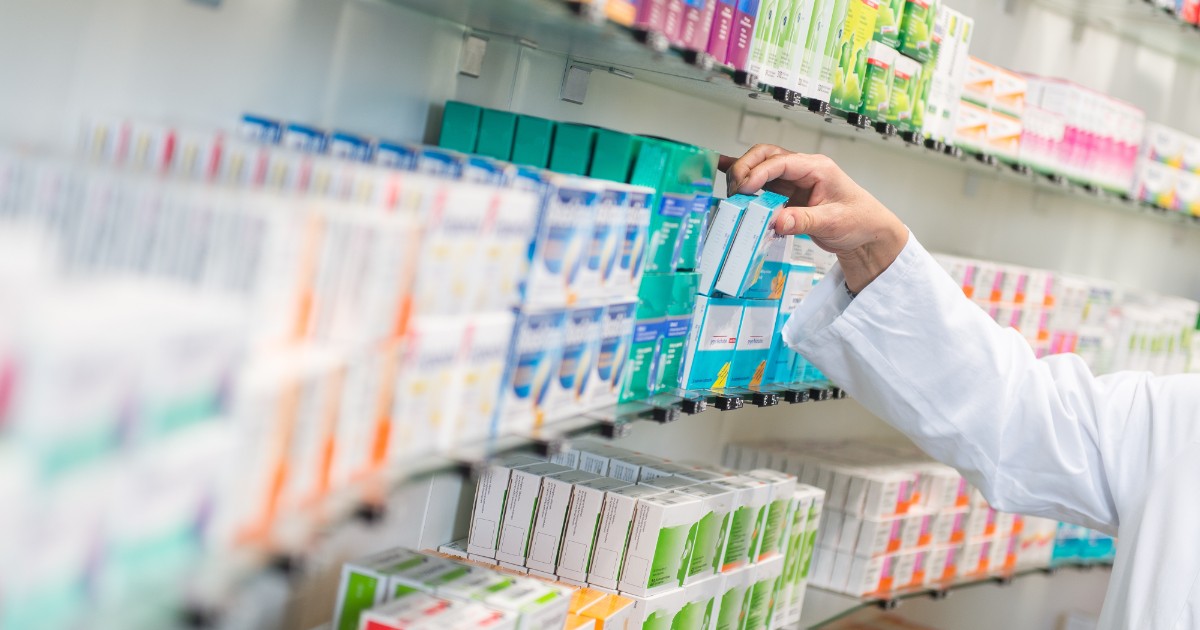
The French medical organization Prescribe has published his study where he analyzes dozens of drugs currently in use, highlighting that many of them present more contraindications how effective in the treatment of pathologies for which they are prescribed by doctors.
They divided the “offending” drugs into four broad categories:
So-called “active” drugs, but which present disproportionate risks compared to the benefits they bring.
Older drugs on the market that are out of date because there are newer drugs that have a more favorable benefit/risk ratio.
Newer drugs whose benefit/risk ratio is less favorable than that of older drugs.
And finally, drugs that have not been shown to be more effective than a placebo and are prone to particularly serious adverse effects.
And in Italy? Has this type of analysis been done? Above all, how reliable are these evaluations? “They are reliable analyses. The magazine provides healthcare professionals with clear, concise, valid and conflict-of-interest independent information,” he explains Alberto Donzellispecialist in hygiene and preventive medicine, president of the Aligning Health and Health Foundation (financed only by subscribers, without advertising, subsidies or shareholders, not even public, ed).
Doctor Donzelli, on which elements are these analyzes based?
“On strict predefined criteria: priority to efficacy data, primarily from randomized double-blind and comparative studies; comparison with the best reference treatments, with clear conclusions, based on the most relevant criteria for patients, such as efficacy in terms of health (net of documented adverse effects) and quality of life”.
While in our country?
“I don’t know of any similar systematic analyzes on drugs to avoid in Italy. Not even by public authorities, who approve drugs on the basis of three legal conditions: “quality, efficacy and safety”, necessary but not sufficient: they should be integrated with another condition: ‘and added value’. That is, an evidence-based comparison would be needed with the best available treatment, not only pharmacological, without clogging the market with thousands of products with no added value compared to specific gold standards, or inferior to them in terms of efficacy, safety or cost. I would add that many institutions and health authorities, including public ones, are influenced by industry: for example, 86% of the budget of the European Medicine Agency (EMA) comes from the industries involved in pharmacovigilance”.
What drugs still on the market should be avoided?
“The list of 107 drugs indicated by Prescribe it’s a good starting point. Some examples: Olmesartan (today among drugs lacking due to production or regulatory problems) is no more effective than other sartans on the cardiovascular complications of hypertension; indeed it has been associated with excess cardiovascular mortality, as well as enteropathies with severe chronic diarrhea. Between nonsteroidal anti-inflammatory drugs (NSAIDs)however abused, diclofenac e etoricoxib are associated with more cardiovascular adverse events, e piroxicam more digestive upset than equally effective alternatives. Alzheimer’s disease medications donepezil, rivastigmina, galantamina, memantinahave minimal and transient efficacy, and cause even serious digestive, cardiac conduction, syncope… And then ISRS antidepressants, certainly abused in mild-medium depression, have many adverse effects, including the risk of dependence, which requires great caution in deprescribing. L’escitalopram, while considered among the best in class, has been shown to be equally effective but less safe than mindfulness in anxiety disorders. Among the drugs currently in shortage there are also brands such as Tachipirina or Efferalgan, much more expensive than the identical paracetamol, if purchased as a generic-equivalent. However, they have unsuspected adverse effects, and are abused to ‘treat’ a physiological defense against microbes such as fever, or for mild tolerable pain. Furthermore, if the criterion of not authorizing products without added value for the health and/or convenience of the community were applied, thousands of drugs would not be on the market”.
Should pharmacovigilance be strengthened? What are its current limits?
“Passive pharmacovigilance, with spontaneous reporting of suspected adverse reactions, serves to detect rare events that may escape a active pharmacovigilance. The latter takes place on a few thousand participants in randomized controlled clinical trials (RCT) registering a drug, in which whoever receives it is subjected to frequent examinations/requests to report adverse reactions, to be attributed to the treatment if they exceed what is detected in the control group. Spontaneous reporting reports reactions to drugs already 20 times less than the real ones, and 6-7 times less for serious reactions”.
How can citizens orient themselves to prevent the risk of taking medicines that would be better avoided?
“You should consult independent sources of scientific information, such as bulletins adhering to the ISDB (International Society of Drug Bulletins, as is also Prescrire), and then talk about it with your doctor”.